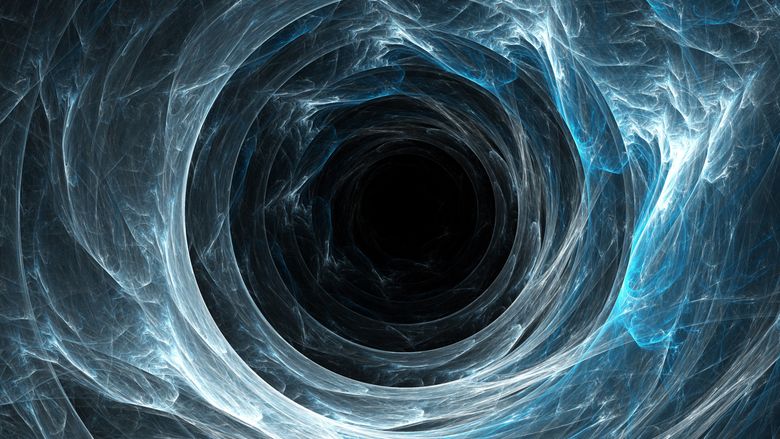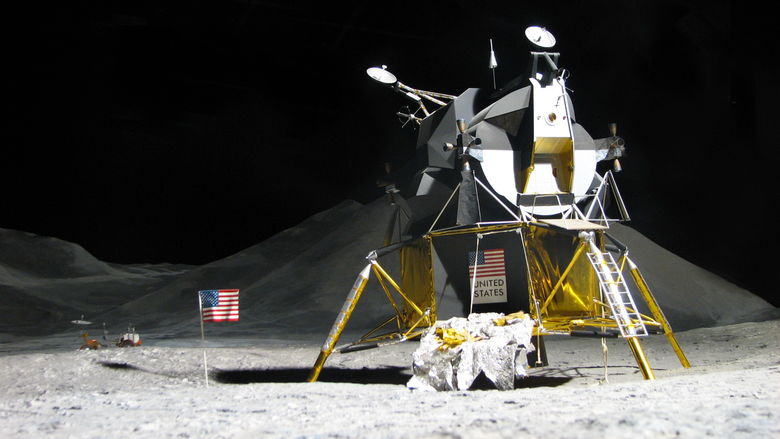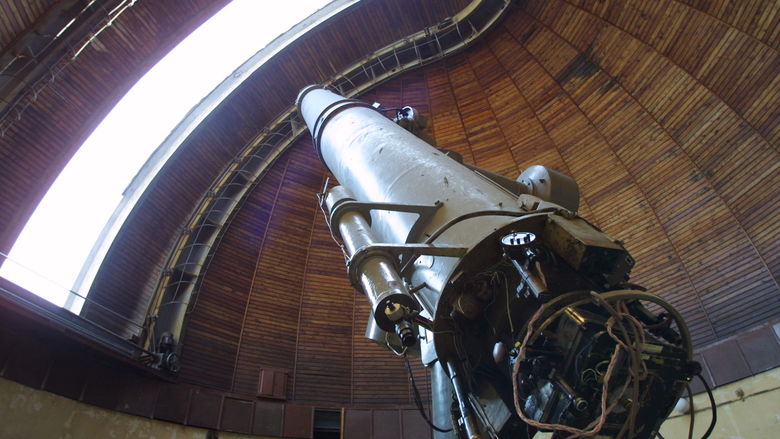So that’s Pluto: a lightly pocked gray sphere with a heart-shaped white splotch near its bottom.
 It looks like a moon. It looks like our moon, if you’re skimming your news feed, moving from Iran and the sanctions to Trump and the Confederate flag and El Chapo in his Bugs Bunny tunnel.
It looks like a moon. It looks like our moon, if you’re skimming your news feed, moving from Iran and the sanctions to Trump and the Confederate flag and El Chapo in his Bugs Bunny tunnel.
But look again. There are mountains. Craters. Maybe even a canyon.
“Seeing that image, it’s like I’m a kid again,” said Darren Williams, a professor of astronomy and physics at Penn State Erie, The Behrend College. “I used to watch for news about the Voyager spacecraft, which every few years passed by another planet – first Jupiter, then Saturn – and sent back these amazing photographs. I couldn’t wait for the next one. I assumed it would be like that my whole life: Every few years there would be something brand new for us to look at.”
The Pluto photos took a bit longer. The images published July 14 traveled 3 billion miles to get here. They were taken by the New Horizons spacecraft, which launched in 2006, carrying spectrometers, a telescopic camera and the ashes of Clyde Tombaugh, the U.S. astronomer who discovered the dwarf planet in 1930. A year after launch, the craft slingshot off Jupiter’s orbit, getting a gravity boost. It then went into hibernation, saving energy until late 2014, when NASA controllers woke it for a final planetary fly-by.
On July 14, New Horizons passed within 7,750 miles of Pluto. It was traveling approximately 34,000 mph.
That it got there is nothing short of amazing. Imagine threading a needle into the needle that’s already in the haystack. Without using your hands.
“It really says a lot about what we can do with our technology,” Williams said. “These images were taken by a spacecraft 3 billion miles from Earth, functioning just as we intended it to.”
The payoff was immediate: NASA analysts saw mountains and craters and ice. They confirmed that, at 1,473 miles in diameter, Pluto is larger than we’d previously thought. On Charon, Pluto’s largest moon, they saw a canyon that is at least 4 miles deep.
Each discovery has led us to new questions. Portions of Pluto’s surface are smoother than scientists expected, for example. That suggests plate tectonics, or maybe snow.
“That’s how it is with NASA,” Williams said. “Every story ends the same way: ‘This will require additional follow-up research.’”
New Horizons will continue its $728 million mission, though in less dramatic fashion. The craft is now moving through the Kuiper Belt, a massive ring of icy debris – remnants from when the solar system formed. The craft, which is powered by a nuclear generator, could remain active for another 20 years, traveling more than 4 billion miles from the sun. The next photos it sends back could answer questions we haven’t even asked yet, Williams said.





